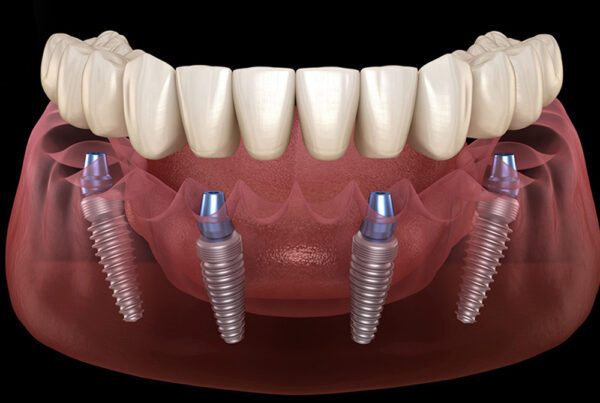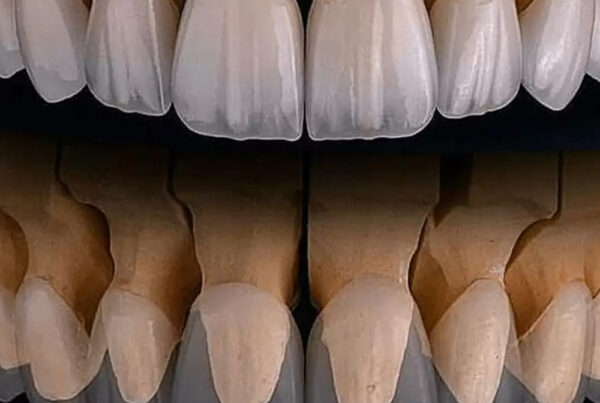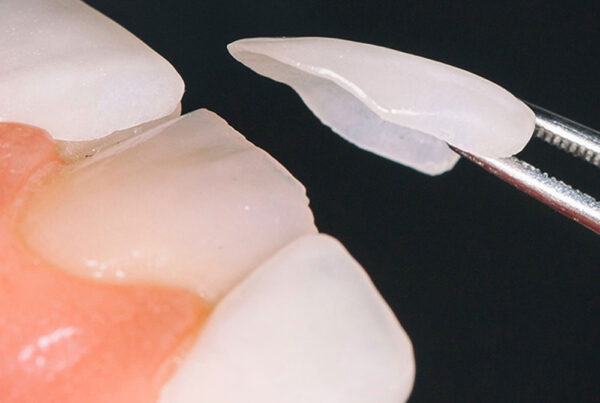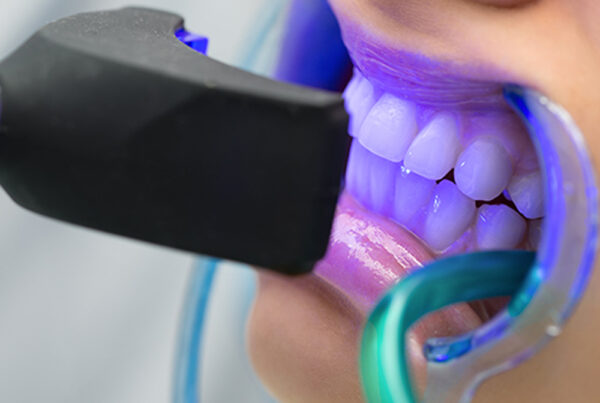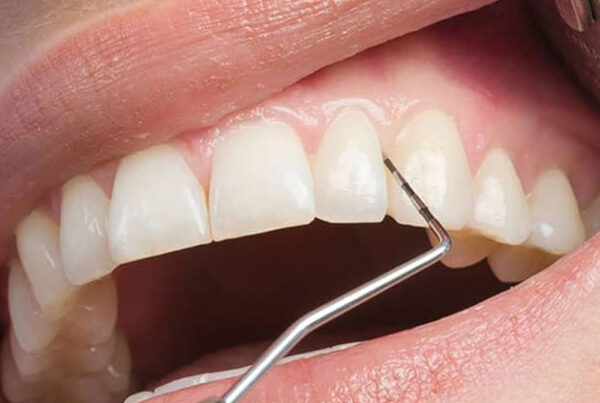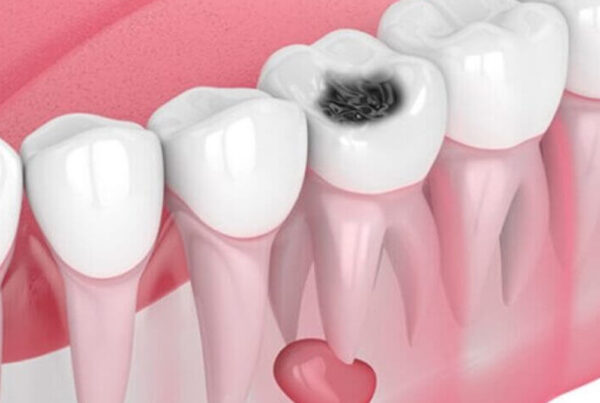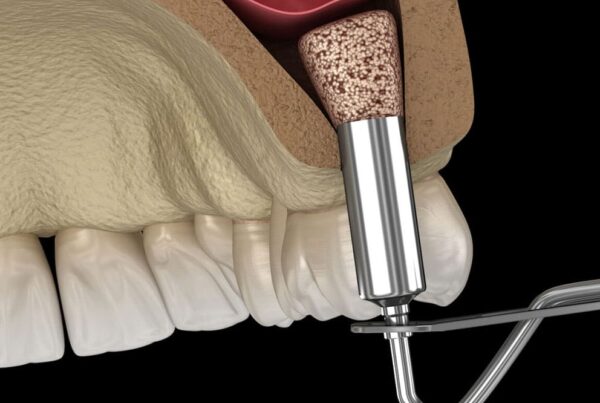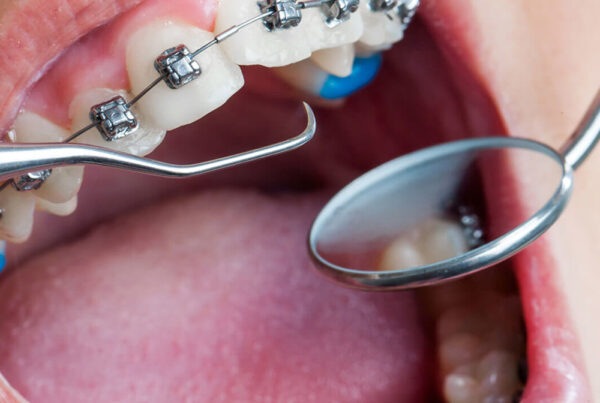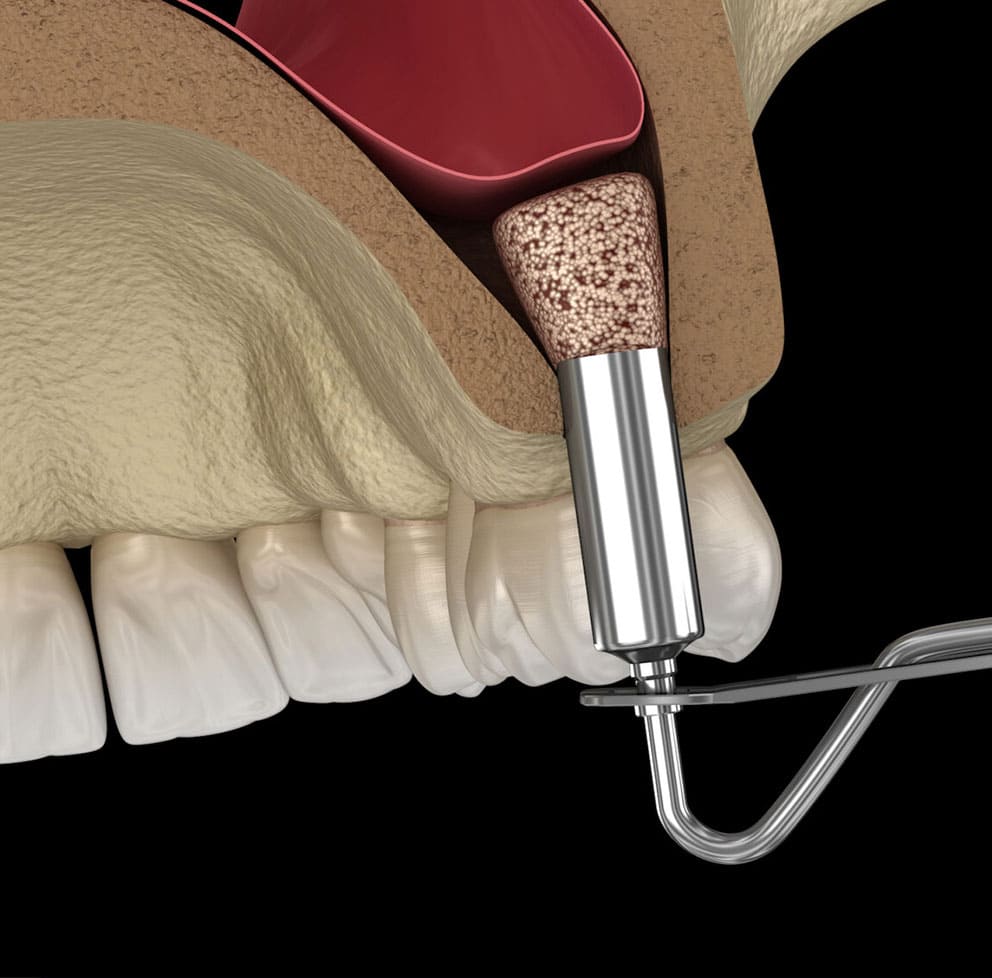
What is a Sinus Lift Surgery?
A sinus lift, or sinus augmentation, is a surgical procedure aimed at increasing the amount of bone in the upper jaw (maxilla) by raising the sinus membrane and placing a bone graft. The maxillary sinuses are air-filled cavities located above the upper jaw, near the molars. These cavities play a role in reducing the weight of the head and modulating sound. Over time, as teeth are lost and not replaced, the bone beneath the sinus may deteriorate, making dental implant placement difficult.
This natural bone loss can create challenges when performing dental implant treatments, as implants require a sufficient amount of bone for stability. To address this, a sinus lift is performed to add bone in areas where it has diminished, creating the necessary height and width for successful implant placement. Sinus lift surgery can be performed under local or general anesthesia.
How is Sinus Lift Surgery Performed?
Sinus lift surgery typically involves the following steps:
- A small incision is made in the gum to expose the bone.
- A “window” is created in the bone, allowing access to the sinus membrane.
- The sinus membrane is gently lifted to create space between it and the underlying bone.
- Bone graft material, often in the form of bone powder, is placed in the newly created space.
- The surgical site is closed with sutures.
This process ensures there is enough bone volume to securely place a dental implant.
What to Watch Out for After Sinus Lift Surgery
Following sinus lift surgery, it’s important to take special care to allow for proper healing:
- For the first 24 hours, eat on the opposite side of your mouth to protect the surgical site.
- Do not eat or drink anything for two hours after the procedure.
- Avoid activities that could increase pressure in the sinus area, such as forceful nose blowing or sneezing with your mouth closed, as this can disturb the healing process.
By following these guidelines, you can help ensure a smooth recovery after your sinus lift procedure.






